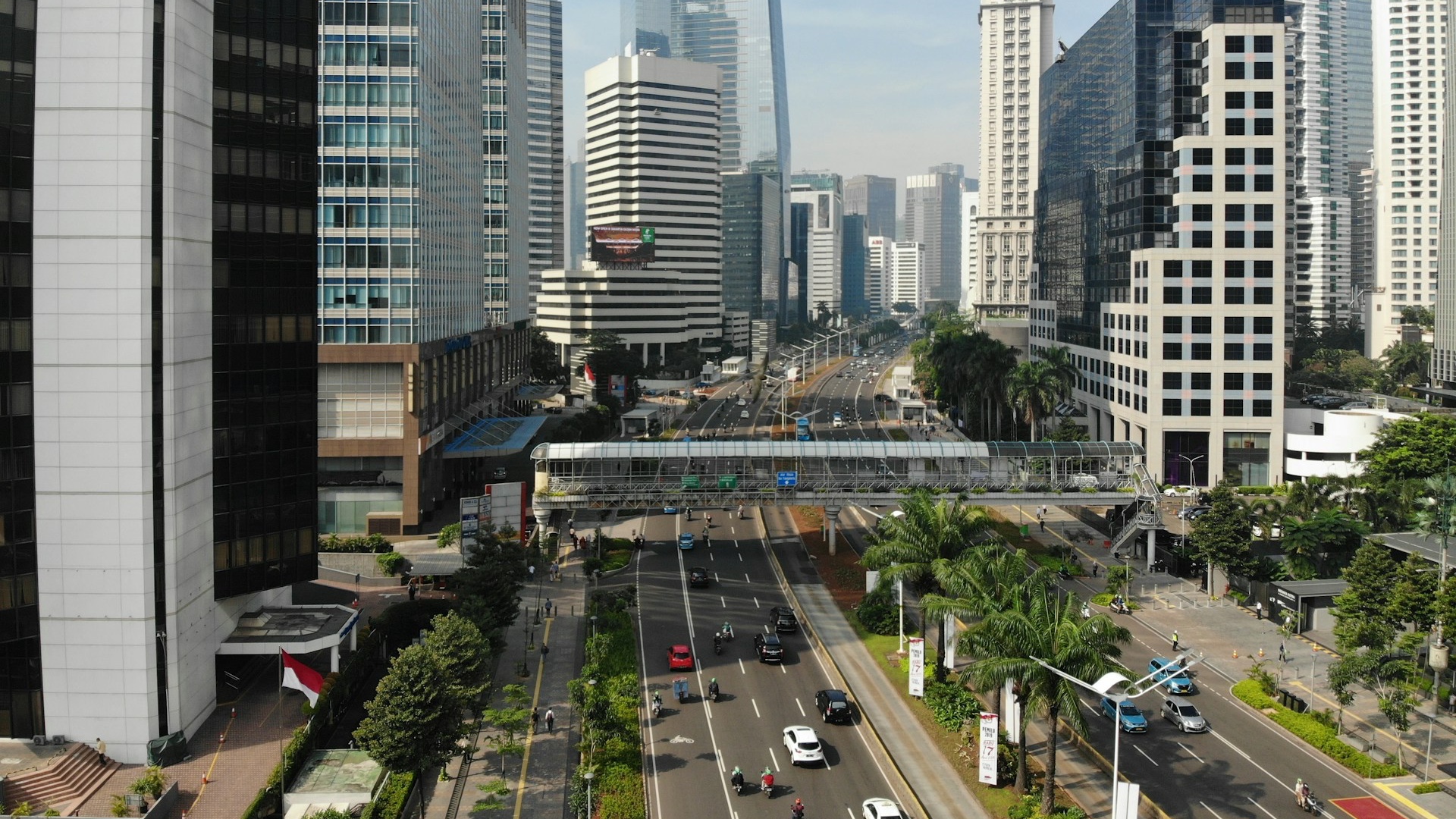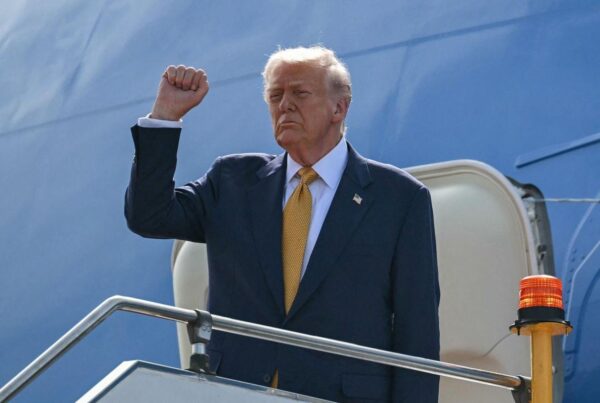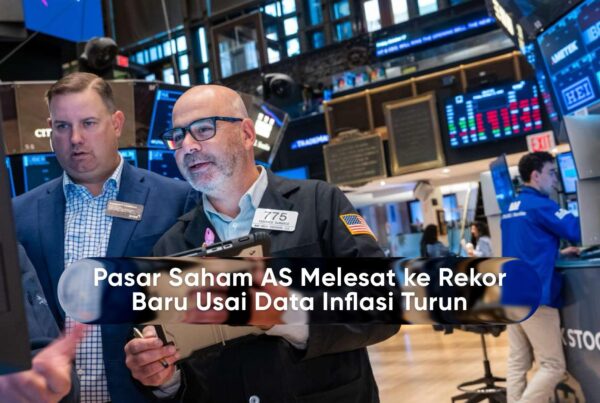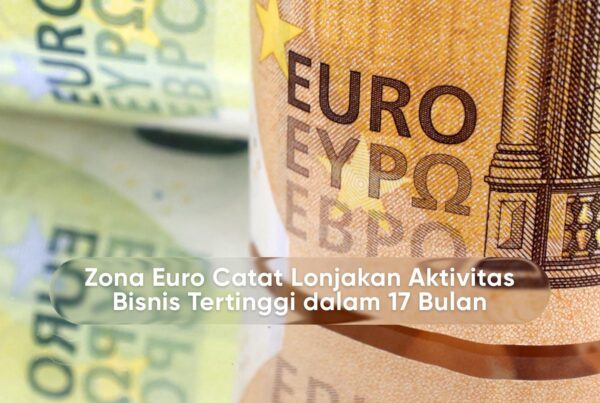Limited fiscal space has become one of the main issues in Indonesia's fiscal policy in 2025. This term describes the government's capacity to manage the budget so that it can finance government spending, subsidies, and development without generating excessive fiscal risk.
In this context, fiscal space is influenced by three main factors: government revenue, government expenditure, and deficits and debt. When government revenues weaken and routine spending absorbs a large share of the budget, the government loses the flexibility to increase subsidies.
Indonesia's Fiscal Situation 2025
Indonesia's fiscal situation in 2025 shows a combination of challenges and limitations. Government revenue did not meet expectations, while the government's spending needs remained high. The government is also bound by a commitment to keep the deficit from exceeding the statutory limit.
These three factors have narrowed fiscal space even further. The government must budget prudently so that the budget remains stable, yet still able to provide subsidies for those in need.
Tax revenue slowed.
Tax revenue at the beginning of 2025 was lower than the target. The global economic slowdown and the weakening of exports have become the main factors. As a result, the government's fiscal capacity has decreased.
Deficit Kept Low
The 2025 APBN deficit is set at 2.29% of GDP. The government is committed not to exceed the 3% threshold. This commitment maintains fiscal stability, but limits the room for flexible spending.
Regular spending is increasing.
The largest share of spending is absorbed by civil servant salaries, debt interest, and transfers to the regions. Under these conditions, there is less room to increase subsidies.
Impact of limited fiscal space on subsidies
Constraints on fiscal space directly affect the government's ability to provide subsidies. Energy, food, and business credit subsidies have to be restricted so that the State Budget is not unduly burdened.
This impact is not only felt by the public, but also by business actors, especially the sector that has long relied on subsidy assistance.
Energy subsidy
The government cannot increase subsidies for fuel or electricity on a large scale, even though world oil prices rise. This policy was adopted to avoid a surge in the deficit.
Food subsidy
The food aid program is aimed at being more targeted. The number of rice aid recipients can be reduced so that the budget burden is more manageable.
Subsidy for MSMEs
The People's Business Credit (KUR) with low interest cannot be expanded as before. The reason is that interest subsidies require a large amount of funds from the national budget, which are increasingly limited.
The government's strategy for facing limitations.
To maintain the effectiveness of the national budget, the government designs a number of strategies. These steps aim to optimize the limited budget while ensuring that subsidies continue to reach the groups in need.
The strategy is also directed so that national development is not entirely dependent on the national budget, but rather through creative and collaborative schemes with the private sector.
Spending efficiency
The focus of spending is directed toward productive sectors, such as infrastructure, health, and education, rather than consumer subsidies.
Refinement of the Subsidy Target
Subsidy will use a data system by name by address. With this mechanism, aid is more targeted to the poor.
Expansion of the tax base
The government is promoting tax compliance, digitalization, and expanding VAT to sectors that have not yet been tapped.
Creative financing
Instruments such as the Sovereign Wealth Fund (INA), Public-Private Partnerships (PPP), and green financing are used to support development without burdening the national budget.
Implications for the Business World
Limited fiscal space brings significant consequences for the business world. Companies that have long depended on subsidies must start preparing an alternative strategy to survive.
Meanwhile, SMEs are required to be more adaptive. On the other hand, certain sectors still have the potential to grow because they remain a government priority.
Subsidy-Dependent Company
Industries that rely on energy subsidies, fertilizers, or low-interest loans must seek mitigation strategies, including cost efficiency.
MSMEs must be adaptive
MSMEs need to seek financing alternatives from banks, fintechs, or non-bank institutions. Business efficiency and innovation have become important steps to survive amid subsidy limitations.
Relatively Safe Sector
The digital, food, and logistics sectors remain government priorities. Companies in this sector are relatively more protected from subsidy cuts.
Limited fiscal space in 2025 will become a major challenge for the government, society, and the business world. Subsidies will become more selective, while the budget is directed toward more productive sectors.
However, these limitations can also become momentum for fiscal reform. With an efficiency strategy and creative financing, the government can maintain the stability of the national budget while ensuring that development continues.
Discover more from Insimen
Subscribe to get the latest posts sent to your email.










